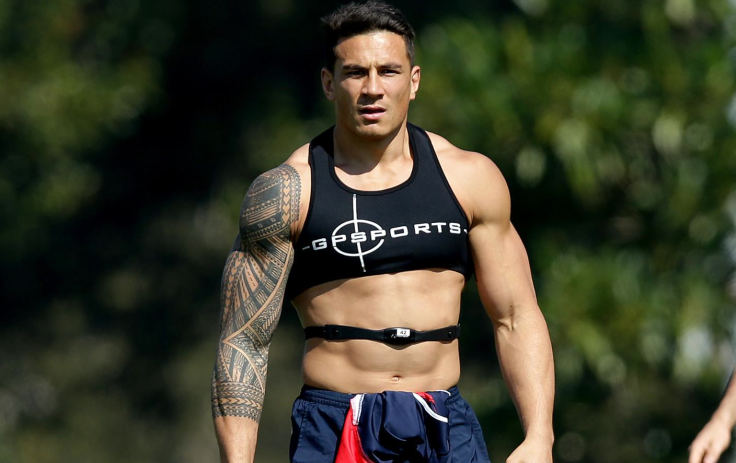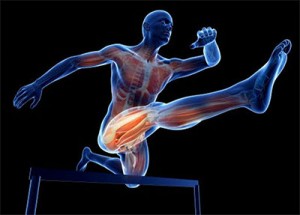Technology as a whole has progressively evolved. It has changed the way we do, think, operate and communicate. Modern technology has made it “possible for the discovery of many functional and utility devices such as wearable technology. With the introduction of these technologies, it has made our daily lives easier, faster and more efficient.
However, there is more than meets the eye when examining the effects and influence technology has on society. Have you ever wondered and questions how technology fits so well with humans, how this integration enhances the extension and capabilities of human existence?
Cybernetics is one of your answers and Norbert Wiener is your man. Cybernetics takes as a domain for the design or discovery and application of principles of regulation and communications. Cybernetics is defined as “the science of communication and automatic control systems in both machines and living things”. Cybernetics is an important concept when understanding the relationship between man and machine; it connects control with communication, and understanding the connection between the goal, the information and the outcome. Wieners theory originated from the Greek word Kubernetes, which directly translates to ‘steersmanship’, which funnily enough helps you to understand that cybernetics is essentially the study of systems.
The 21stcentury has now become a cyber world and Wiener has been the crux of inspiration for following his footsteps. Geeta Dayaldraws on Brian Eno’s understanding of cybernetics in the 1975 classic, stating that cybernetics is defining the creative process “cybernetic systems were used to model practically every phenomenon, with varying degrees of success”. Some suggest that Wiener resembles a prophet of an uncertain future, writing about the human perils faced by handing over power to machines.
Essentially with the influence of technology and the cyber realm, we can be seen as an ongoing scientific experiment, understanding how man/animal and machine work coherently on a daily basis.
But here’s an easier way to understand cybernetics!
Essentially, cybernetics reaches us on any end of the universe. It is a concept that only will continue to evolve as technology progresses.
It is interesting to examine exactly what areas cybernetics can change!
Sport is an interesting example, it is one industry that over the years has progressively changed and evolved as a result of the incorporation of technology and cybernetics. Since the 60s we can see the sporting industry rise, “it has carved out for itself a niche with its roots so deep that I cannot fathom the sports industry showing any sign of decline any time soon – or later”. The sports industry can be said to be home to one of the largest masses of fans the world has ever seen, Owner of the NBA’s Sacramento Kings says, “fans will paint their face purple, fans will evangelize… every other CEO in every business is dying to be in our position – they’re dying to have fans”.
The introduction of technology into the world of sports has created opportunities, it has given fans a larger playing field for interaction with athletes, and it has helped enhance athletes, technology has changed the way referees score and the way athletes train and lastly it has helped differ those who are pushing to exceed in illegal ways.
We have seen the incorporation of video and touch technology, player tracking devices have optimised individual statistics and feedback, EXO skeletons and bionic arms have given athletes another opportunity and made them ‘able’ and sports clothing has added another dimension to athletic ability. Cybernetics gives us these results, in other words, the specific system’s actions cause a change in the environment where it is present, with the changes reflected back to the system as feedback. As the changes are fed back to the system, it changes according to its programming.
The following portfolio will explore the influence and involvement of cybernetics and technology in sport. It will investigate a range of areas in the sporting industry and ultimately make an evaluation on the adjustments and so-called ‘improvements’ technology has made in the industry. Its aim is to broaden the understanding of how areas such as social media and fantasy sports enable fans and extend the sporting community and how the use of wearable technology is revolutionising the way we operate and improve performance.















 Similar to hawk-eye technology, there has been room for unwanted error. An article from
Similar to hawk-eye technology, there has been room for unwanted error. An article from  Doping in sport has been seen as a trend throughout sporting history, its earliest findings have been dated back to
Doping in sport has been seen as a trend throughout sporting history, its earliest findings have been dated back to 








